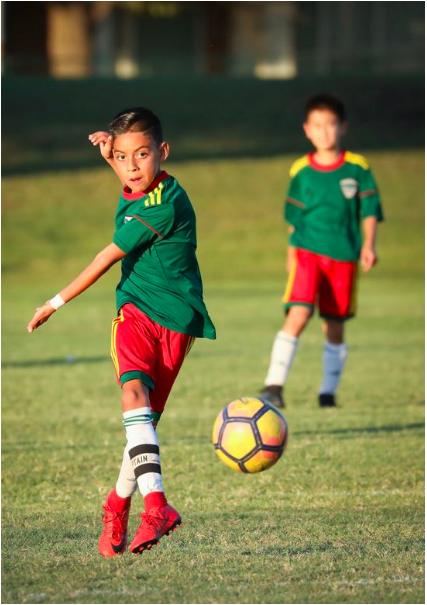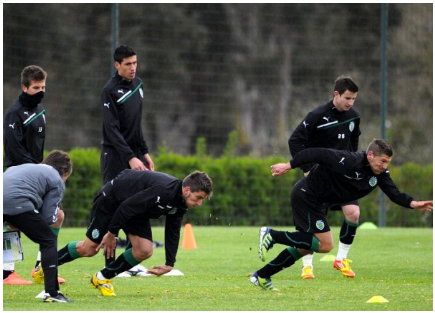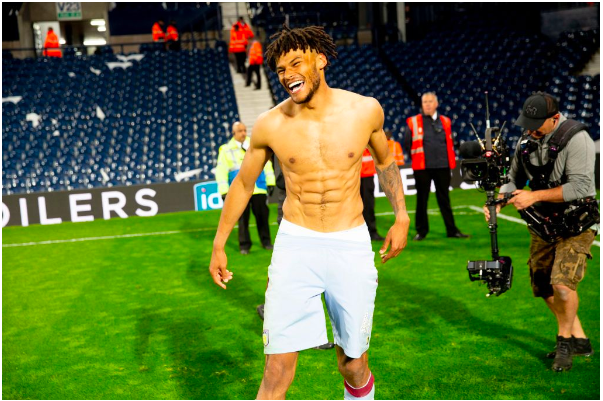Unlocking the Secrets of Growth In Youth Soccer Players
June 8, 2023

Playing soccer is not only fulfilling in terms of having fun, but it is also rewarding when you see yourself improve. Over the past years, the growth and development of young athletes have been studied, scrutinized and analyzed by coaches, trainers and experts in the field of sports. Based on these studies, particular growth years are considered pivotal in enhancing athletic aptitude and physical development. These years are the foundation of any athlete's growth in soccer. Here are the key years of development for young soccer players aged 10-19.
Ages 10-12: This stage is commonly called the 'Golden Age' for soccer players. They are often quick learners and have an exceptional ability to soak up skills and knowledge like a sponge. Physical growth and development, notably height, weight, muscle mass and body fat, occur at varying rates for each player during this period. One of the essential things for young soccer players in these years is to develop "soccer-specific" skills, such as the ability to pass, dribble, and shoot. Coaches also focus on building their physical and motor skills and establishing practices that enhance balance, coordination, agility, and speed.

Ages 13-15: During these years, players continue to develop soccer-specific skills and tactics while refining their technical abilities under stress and pressure. Coaches design training programs that involve drills to improve power, acceleration, and agility. They also work on endurance, stamina and strength using age-appropriate conditioning exercises.

Ages 16-18: Players in this age group have reached an advanced stage of soccer development and are playing competitive soccer. Youth soccer players tend to experience sudden growth spurts, which cause physical imbalances and concerns, particularly in relation to joint stability, coordination, and agility. Thus, it's essential to focus more on increasing flexibility and injury prevention exercises. In this age group, fitness training becomes more intense, including high-intensity interval training and resistance training. It's vital to keep players motivated and engaged during this time while balancing the demands of training and schoolwork.
Ages 19 and Above: When youth soccer players reach the age of nineteen years, their physical growth and development have stabilized, and they have reached the peak of their strength, fitness and potential. It’s a transition period where they adjust to adult soccer and can now start pursuing their soccer career professionally. The training now shifts from developing fundamental skills to fine-tuning athletic talents and maintaining game fitness. Players work on "specific" soccer skills such as improving shooting accuracy at different angles, enhancing ball control and precision group coordination.

Young soccer players continuously evolve and mature through the years. Their training and skills development should be structured and age-appropriate to achieve their best potential. As previously stated, specific growth years have more significant importance than others in the youthful athlete's development. The listed stages are just guidelines, and some players may require specialized coaching in certain areas. By monitoring progress, providing assistance when necessary and maintaining open communication, coaches and their support groups can help young soccer players achieve their goals and maximize their potential.
